Due to their unique features, Siamese cats are one of the most easily recognized cat breeds in the world, but is the best cat food for them anything different from other cats?
These exotic creatures are known for the almond shaped blue eyes and triangular head, which is often accentuated by a mix of colorings on their face.
Although sometimes depicted as being aloof and abrasive – think Disney’s Lady and the Tramp – the modern Siamese cat is described as an extrovert, loving the company of their human owners and being cared for luxuriously.
For a kitty that can give you so much love, it’s so important that you choose the best food to keep it healthy and happy!
Our review process is unbiased and based on extensive research. If you buy through the links on our site, we may earn a commission.
Our review process is unbiased and based on extensive research. If you buy through the links on our site, we may earn a commission.
Ratings Of The Best Cat Food For Siamese Kitties
Best Wet Food
Feline Natural
- Very limited ingredient
- Near-perfect macronutrients
- Green lipped mussel for joint health
Best Dry Food
Best Freeze-Dried
Reviews Of The Best Cat Food For Siamese Cats
To keep any cat happy and healthy, you should be feeding it a biologically appropriate diet of the best cat food.
That means it must be:
- High in protein
- Low in carbohydrates
- Moderate in fats
It should also be:
- Full of real, named meat ingredients, including organs
- Absent of fillers like corn, wheat, and starches
- Full of vitamins and nutrients, or whole food versions that contain them
Remember – the wrong food over it’s lifetime can significantly harm any cat, and literally knock years off of it’s life, and lead to painful health consequences. Choose right!
Here are the reviews for our top choices.
One of the best canned foods you can choose, Feline Natural puts together a recipe full of various cuts of chicken and venison, including organs, which are super healthy for your cat.
It also includes New Zealand Green Lipped Mussels, a very unique cat food ingredient. This is a great addition because it is:
- another animal-based ingredient
- great for joint-health
- made from free-range, grass-fed chicken
There are really no artificial ingredients, additives, preservatives, or gelling agents.
The only drawback is it is a bit pricey.
While we recommend feeding wet food most of the time, since cats require a lot of moisture, but don’t have a strong thirst drive, this is the best of the dry foods out there.
Add a bit of water to it before feeding to make it even more appropriate to your cat’s needs.
Otherwise, it’s a show stopper.
Whereas most kibbles fail to break 40 or 50% protein, this one puts them all to shame with 70%.
It also has no carbs, and even uses gelatin as a binding agent, instead of a plant based or synthetic option, which is more popular.
The “meat protein isolate” sounds like a big no-no, since it’s an unnamed meat, but Wysong says it’s 100% pork isolate, and they’ve only labeled that because they interpret labeling laws in such a way that makes that the correct way to put it on the label.
Definitely one of the best choices if you feed dry.
We were surprised to see a real challenger to our #1 Wysong pick, but Dr. Elsey’s has delivered.
With chicken and pork protein isolate, they pack a huge amount of animal protein in right at the start.
Egg is a very bioavailable protein, full of amino acids and very digestible.
Again with no carbs, we see a very biologically appropriate macronutrient profile, close to what kitty would eat in the wild, as discussed above.
It has a lot of added vitamins and nutrients, but no digestive enzymes or probiotics, like our #1 pick.
It’s a fantastic option if your cat doesn’t like the taste of the Wysong brand for some reason, or if the shape of it isn’t right
We believe that freeze-dried food has the potential to be the closest to a wild diet for your kitty.
The way the process is done locks in nutrients and flavors.
When you add water to “re-animate” it, you fulfill the moisture requirements, making it just about perfect.
This starts off with whole ground rabbit. That’s basically what your cat would eat in the wild.
It just so happens to be whole ground, for easier digestibility and eating.
It’s also full of additional organ meat.
The carbohydrate content seems to come from the raw goat’s milk (which is actually quite good for cats, since it’s unpasteurized and contains the enzyme that helps them break down lactose), so there are no added plants here.
Overall, this is highly appropriate for a feline.
And remember, the cost per pound goes down significantly when you add water to it. Your cat isn’t going through the package in a couple of bites, since it will expand and go further when rehydrated. Therefore the higher apparent cost per pound is a bit of a false signal.
About as close as you can get to a proper wild diet from a commercial pet food!
Here’s Why We’re Qualified To Talk To You About This…
We put together a massive internal database (which we’ll be releasing to the public soon), of over 2000 cat foods.
We collected data from calories to macronutrients to ingredients to how they compare to the average.
We then used both formulas and a bit of common sense to score each food out of 5.
We looked at studies to find out what cats should really eat.
Basically, we have dedicated hundreds of hours, now, to cat food research, and have the data to back it up!
We draw on the data we collected to recommend the best foods.
Do Siamese Need Specific Food?
Nahhhh. They actually don’t.
Here’s what I mean.
Some brands have “Siamese Specific” food options.
Basically all that means is that the kibble is shaped a certain way, and they slightly alter the recipe.
However, these “specialty” foods are typically full of horrible ingredients like corn and “meat by-products”, which are absolutely not appropriate for your cat’s nutritional needs.
If your Siamese kitty has a hard time with her current food for some reason, then we recommend trying her out on one of our choices below, which are literally the best options for almost every cat.
Here’s where we may challenge what you’ve been told to believe…(sorry!)…
Different breeds of cats are really only different in terms of their looks, not their physiology or digestion.
Just like humans can have different hair colors, skin colors, eye colors, body sizes, or body shapes, yet still remain human and have the same nutritional needs, cats can look a bit different, yet be pretty much the same “under the hood”.
That means that your precious Siamese isn’t that much different than a giant Maine Coon, or a hairless Sphynx.
They all require the same, basic, non-complicated nutrient profile.
What Do Cats Eat In The Wild?
It’s important to learn what cats eat in the wild because…
Domestic cats are descendants of wild cats, and they are not very different biologically.
There just hasn’t been enough time or environmental pressure for them to evolve significantly.
Therefore, what a cat chooses to eat in the wild, should be pretty close to perfect, since eating the right food is about the most important, primary drive for any animal.
Luckily, research has been done on this.
To start, let’s look at domestic cats.
In one study, when given the option between a number of commercial pet foods, cats tended to eat the foods that gave them the following macronutrient breakdown (dry matter basis):
- 52% protein
- 36% fat
- 12% carbohydrate
That’s pretty different than most pet foods…especially the brands who claim they make “breed-specific” foods.
Ok, now let’s look at the data from a compilation of studies on wild cats.
These studies all looked at feral or stray cat populations. They covered multiple continents and a variety of environments (near the sea, rural, urban, etc.).
Here’s the macronutrient breakdown, on average, of what cats eat in the wild (dry matter basis):
- 63% protein
- 23% fat
- 3% carbs
Wow!
So much different than most commercial pet foods.
What you should be looking for, then, is a high protein, moderate fat, low carbohydrate food.
That food should get most or all of it’s protein from named meat sources (i.e., chicken, not “meat by-products”).
After all, the foods cats were eating in the wild were almost exclusively animals. Rats, mice, rabbits, birds…
It should have minimal fillers (things like corn, rice, wheat, etc.).
Free Feeding Versus Controlled Portions For Siamese
Some Siamese cat owners find it best to offer one meal in dry food and the second using a wet or canned option. You may find that this helps in proper digestion of their meals and prevents dehydration and watery stools for your Siamese cat.
Controlled portions at set meal times is also recommended to avoid overeating and obesity for your pet.
While these recommendations are all well balanced and full of the nutrients your pet needs, it is important that you choose one that your cat is happy with.
Siamese cats are known for their finicky choices in meals, and will allow themselves to become malnourished if not pleased with the flavors of the food you provide.
Luckily they are otherwise not known for any breed-specific health issues that some of their cat cousins are faced with, so the most important thing you’ll need to worry about is picking a food, like those above, that is super high in protein and super low in carbs…and made with real meat!
A Bit More Reading..
We found these sources an interesting “gateway”, if you will, to the world of breed specific cat food and just how silly it is.
- Netflix’s “Pet Fooled” Reveals The 10 Big Secrets The Pet Food Industry Is Trying To Hide – IHeartDogs.com
- Breed Specific Nutrition? – TruthAboutPetFood.com
- Cats and Carbohydrates: The Carnivore Fantasy? – https://www.ncbi.nlm.nih.gov/pmc/articles/PMC5753635/
- Estimation of the dietary nutrient profile of free-roaming feral cats: possible implications for nutrition of domestic cats. – https://www.ncbi.nlm.nih.gov/pubmed/22005434 (full text downloaded as file name 2011_82.pdf)
Should You Choose Dry Food or Canned For Your Siamese Cat?
Your first question when looking for Siamese food is which texture to try. Dry food is hard and crunchy, excellent for maintaining healthy teeth and gums. The problem is that like most cats, Siamese don’t naturally seek out hydration, so you will need to find a way to add water to their diet constantly to avoid kidney or urinary tract disease.
Canned – or wet – cat food is able to help add essential fluids to the Siamese cat’s diets, but you need to be wary of added preservatives and fillers in the poorly blended varieties. This will fill your Siamese cat’s small belly with excess carbs that they don’t need, and prohibit essential protein and vitamins from passing through.
Conducting taste tests with your Siamese cat is an easy way to help pick a food you will know they like. Start with these best cat foods for Siamese cats to ensure that your pet chooses a diet that meets all of her nutritional needs.
Free Feeding Versus Controlled Portions
For balance, many Siamese cat owners find it best to offer one meal in dry food and the second using a wet or canned option. You may find that this helps in proper digestion of their meals and prevents dehydration and watery stools for your Siamese cat. Controlled portions at set meal times is also recommended to avoid overeating and obesity for your pet.
While these recommendations are all well balanced and full of the nutrients your pet needs, it is important that you choose one that your cat is happy with. Siamese cats are known for their finicky choices in meals, and will allow themselves to become malnourished if not pleased with the flavors of the food you provide.

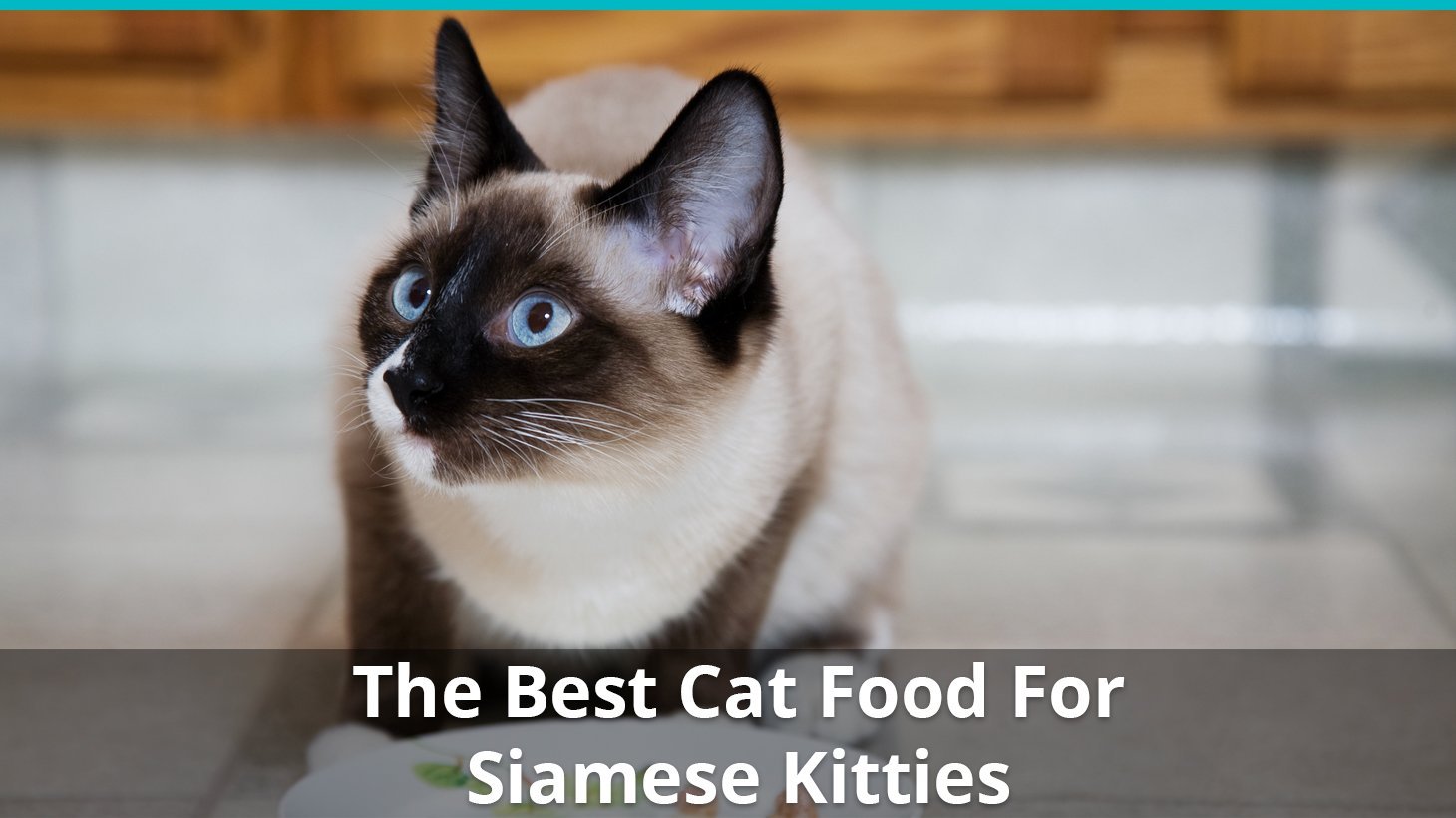
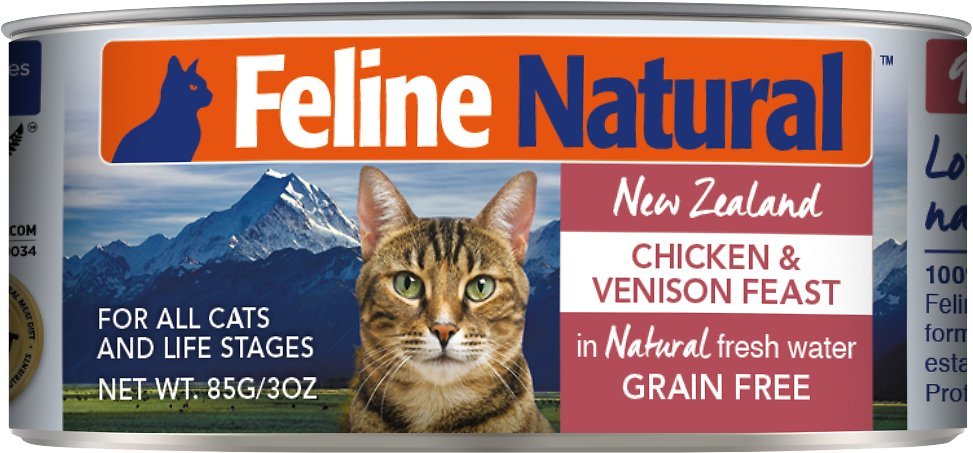
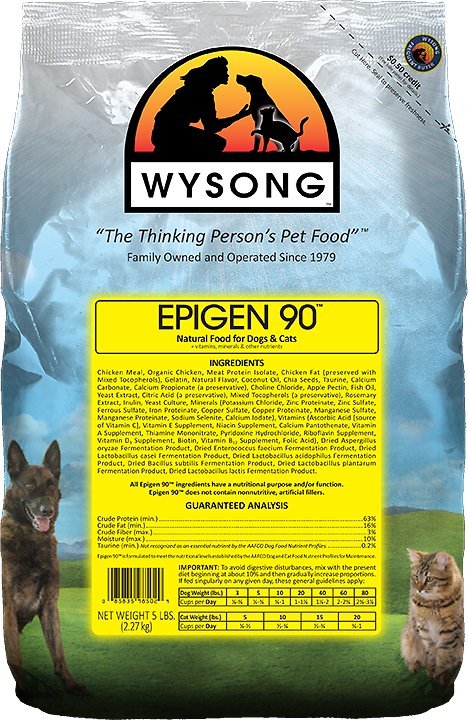
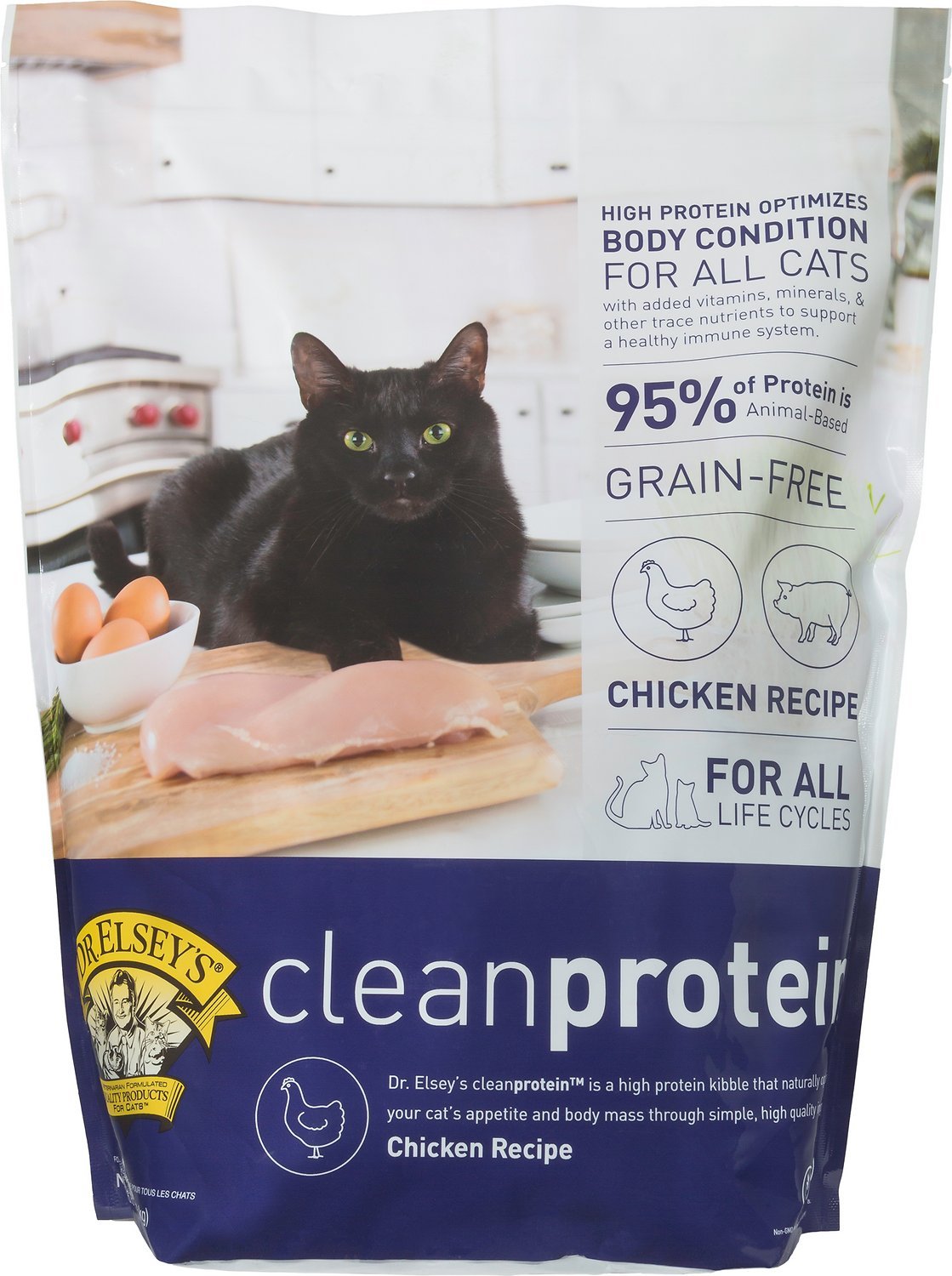
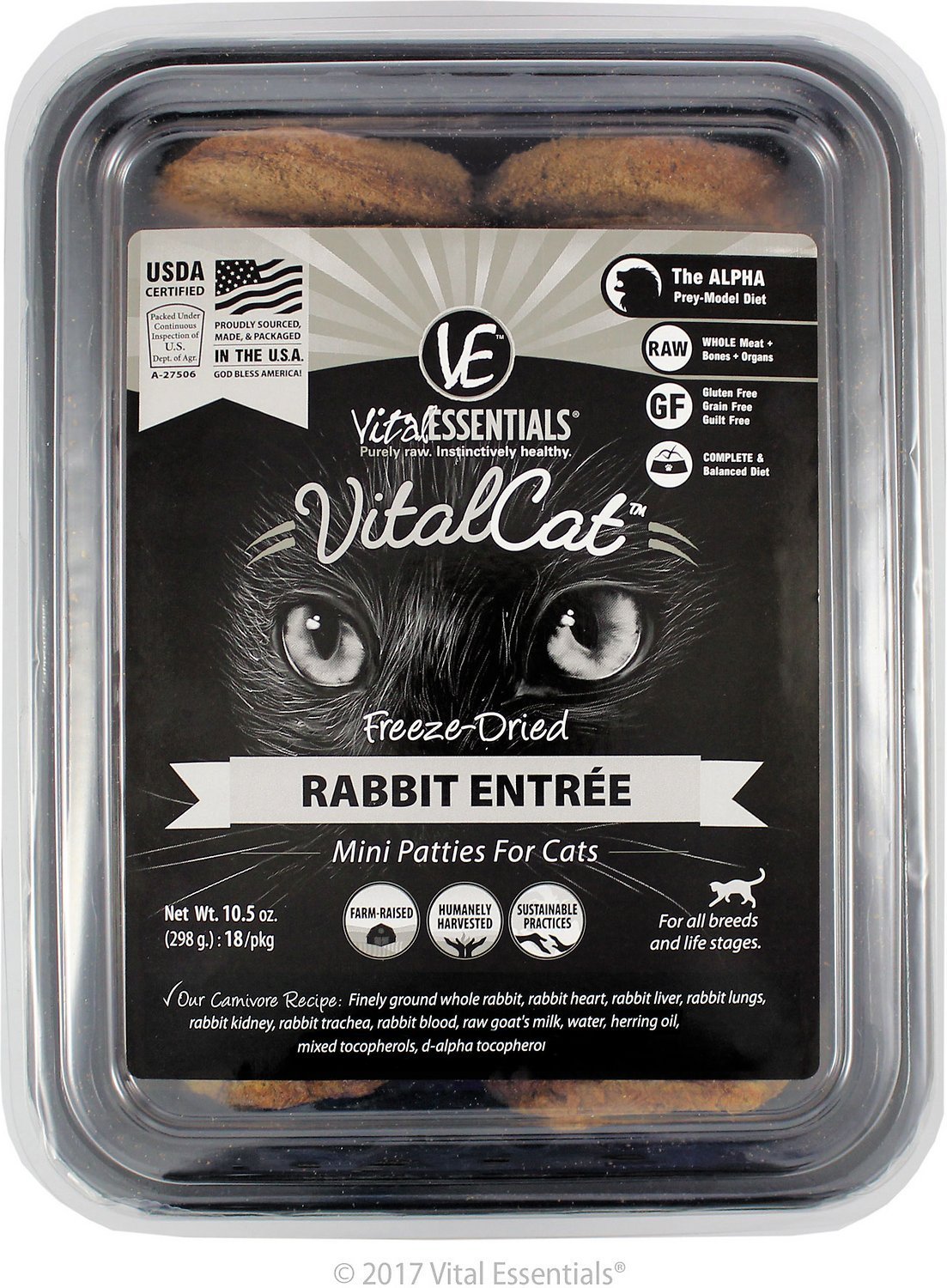
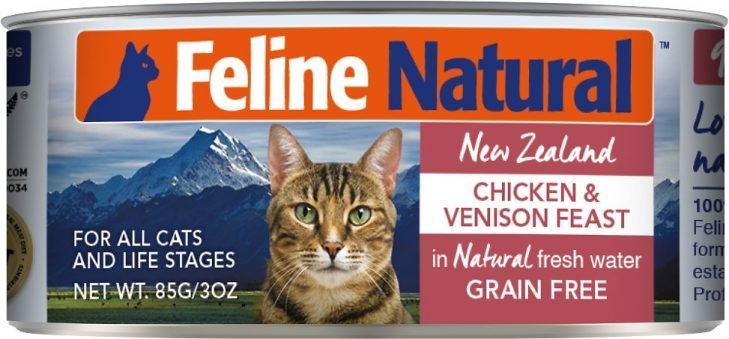
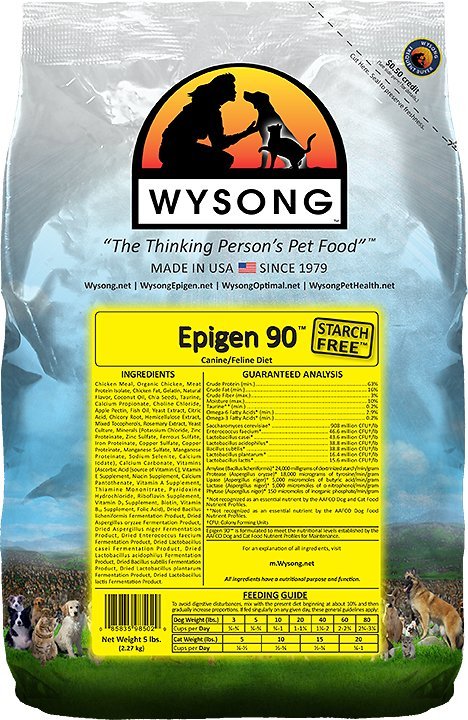
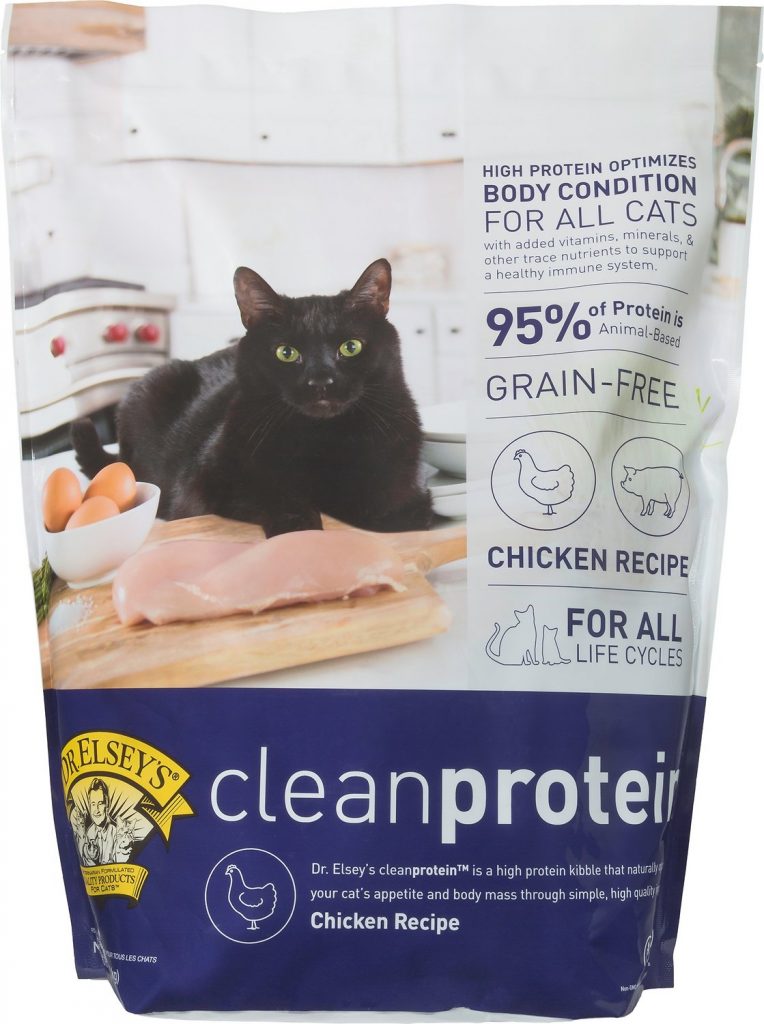
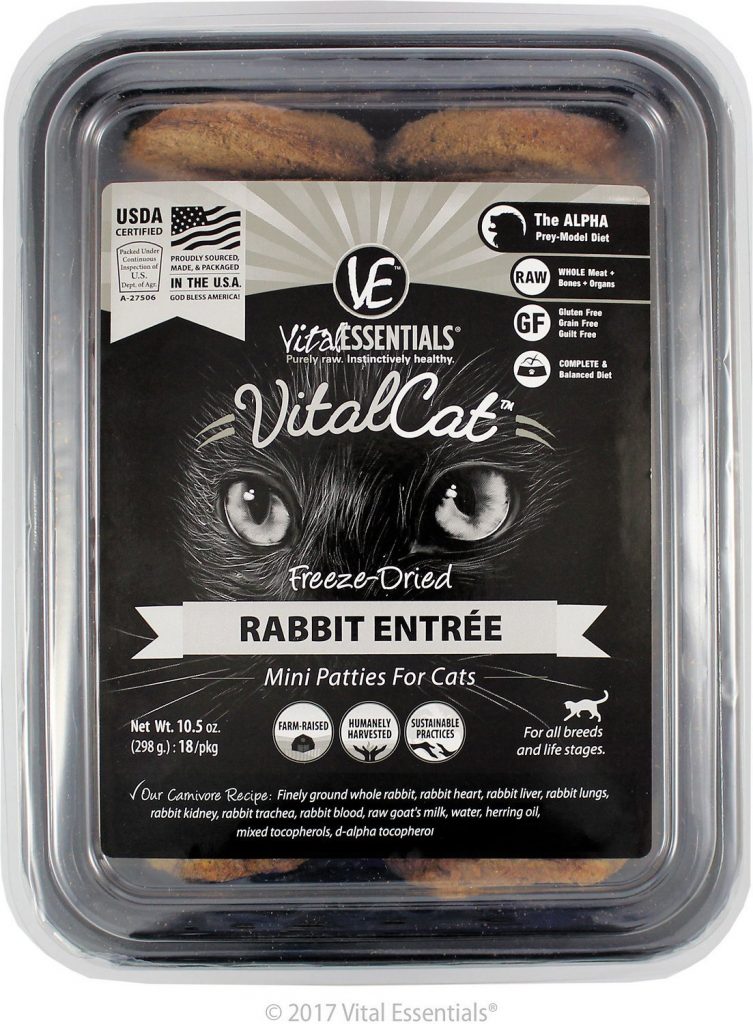
i am so lost with picking the best food for my blue seal point siamese. i have her on blue buffalo now…..i thought that was the best? i have been feeding her a little bit of cooked salmon in the morning, i am on a new diet myself and she will just cry and cry until she gets some. i though it was good for her, but i guess not…what should i do? she knows how to make me give in due to how much i love her. is blue buffalo ok??
Hey Alley –
Blue Buffalo has some good foods and some not so good foods. We recommend their Wilderness line up as their top one, so if you want to stick with Blue Buffalo, that’s probably your best bet.